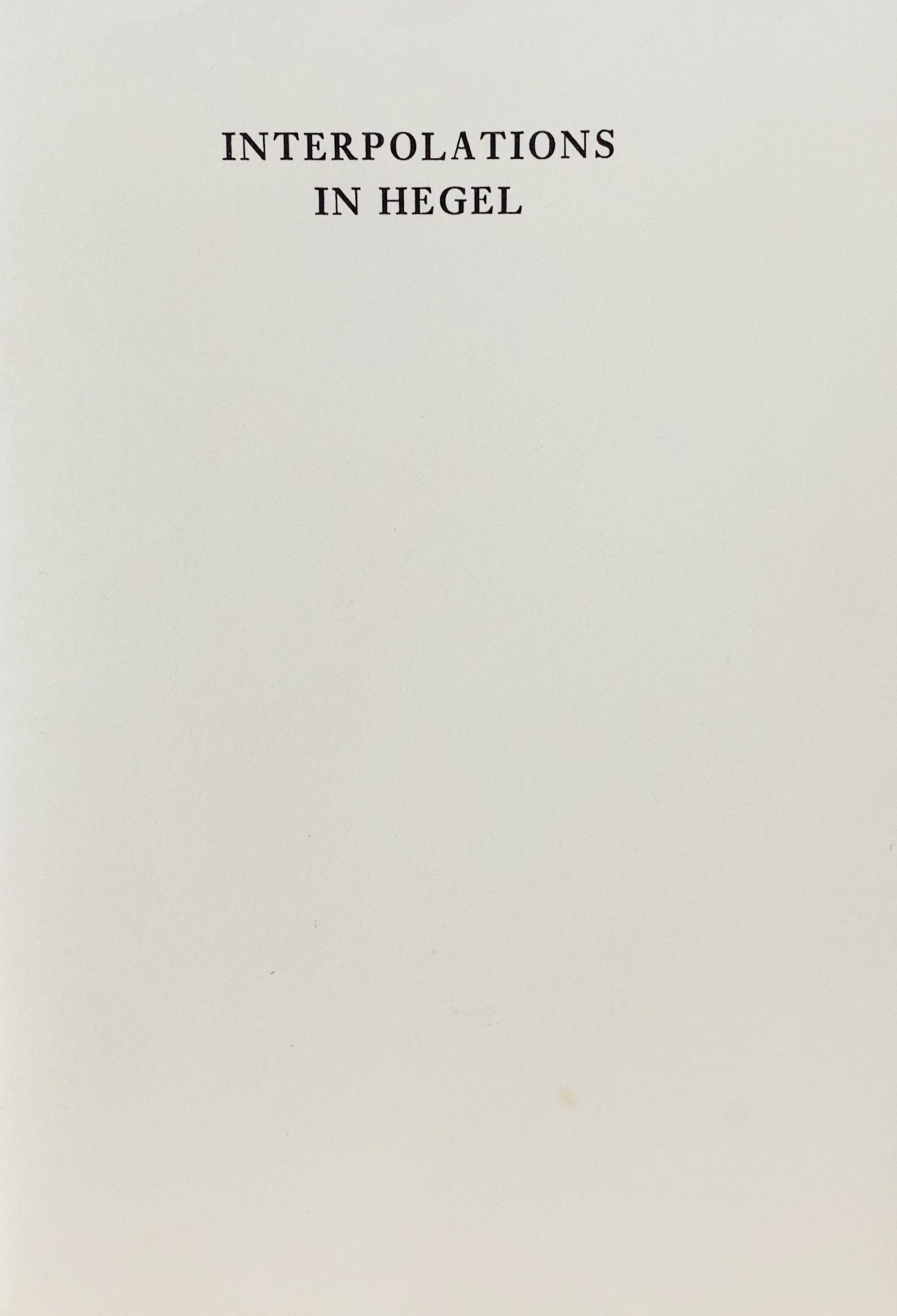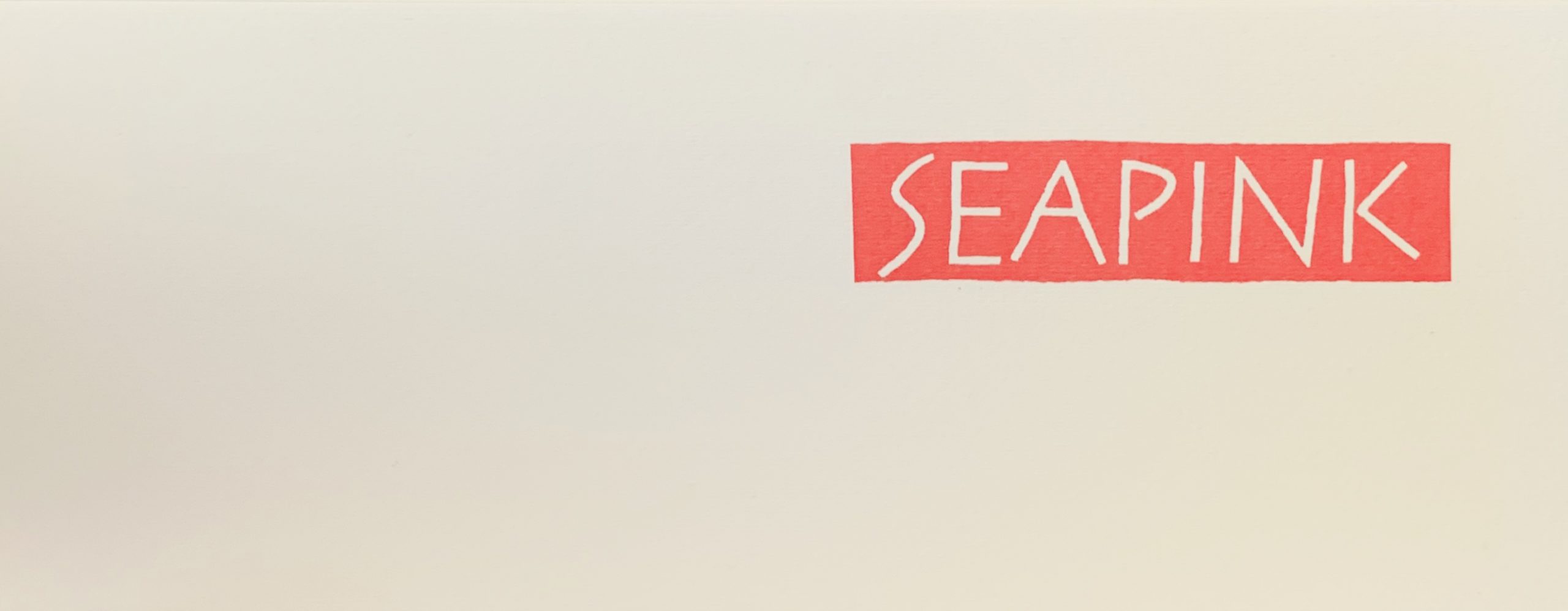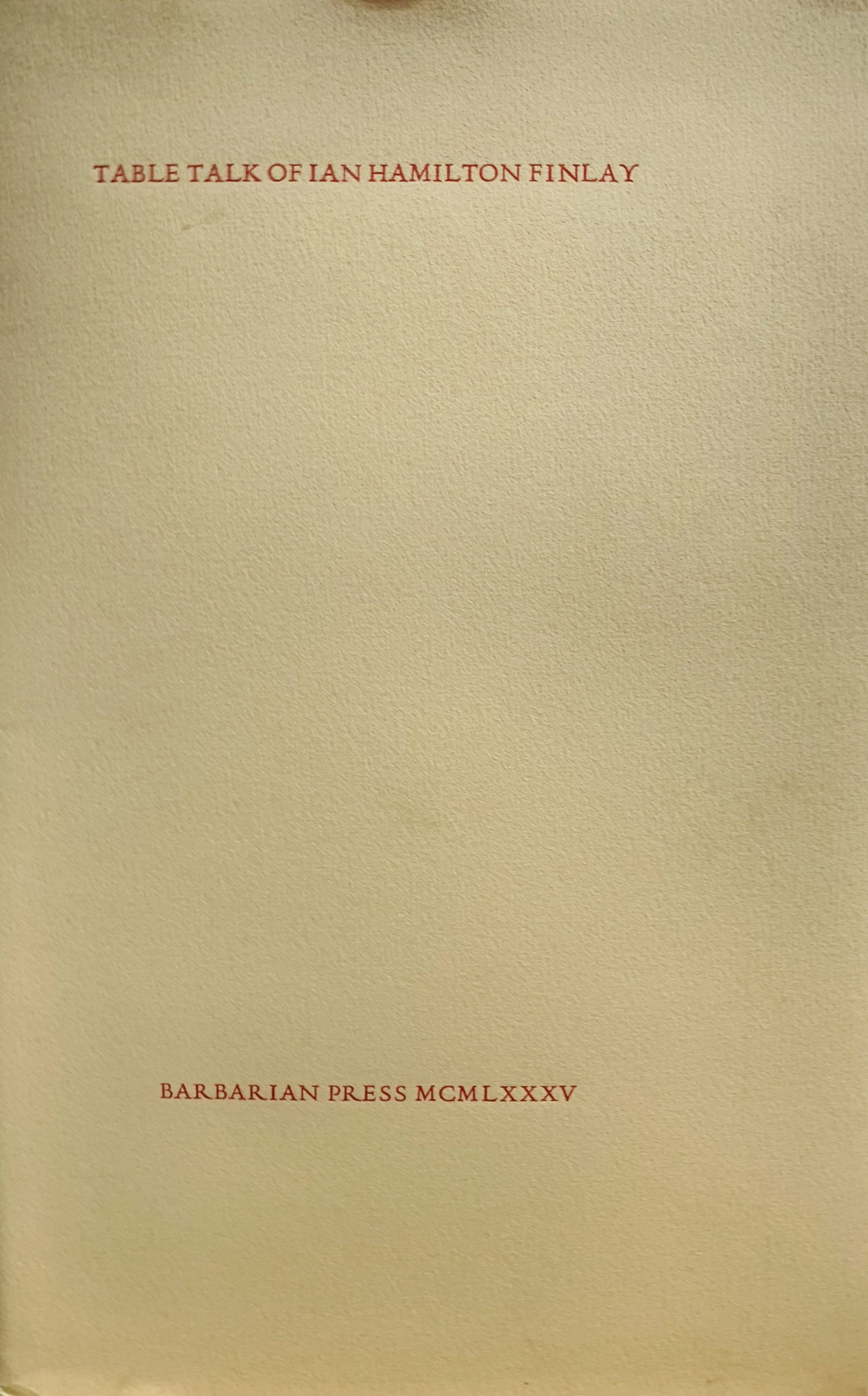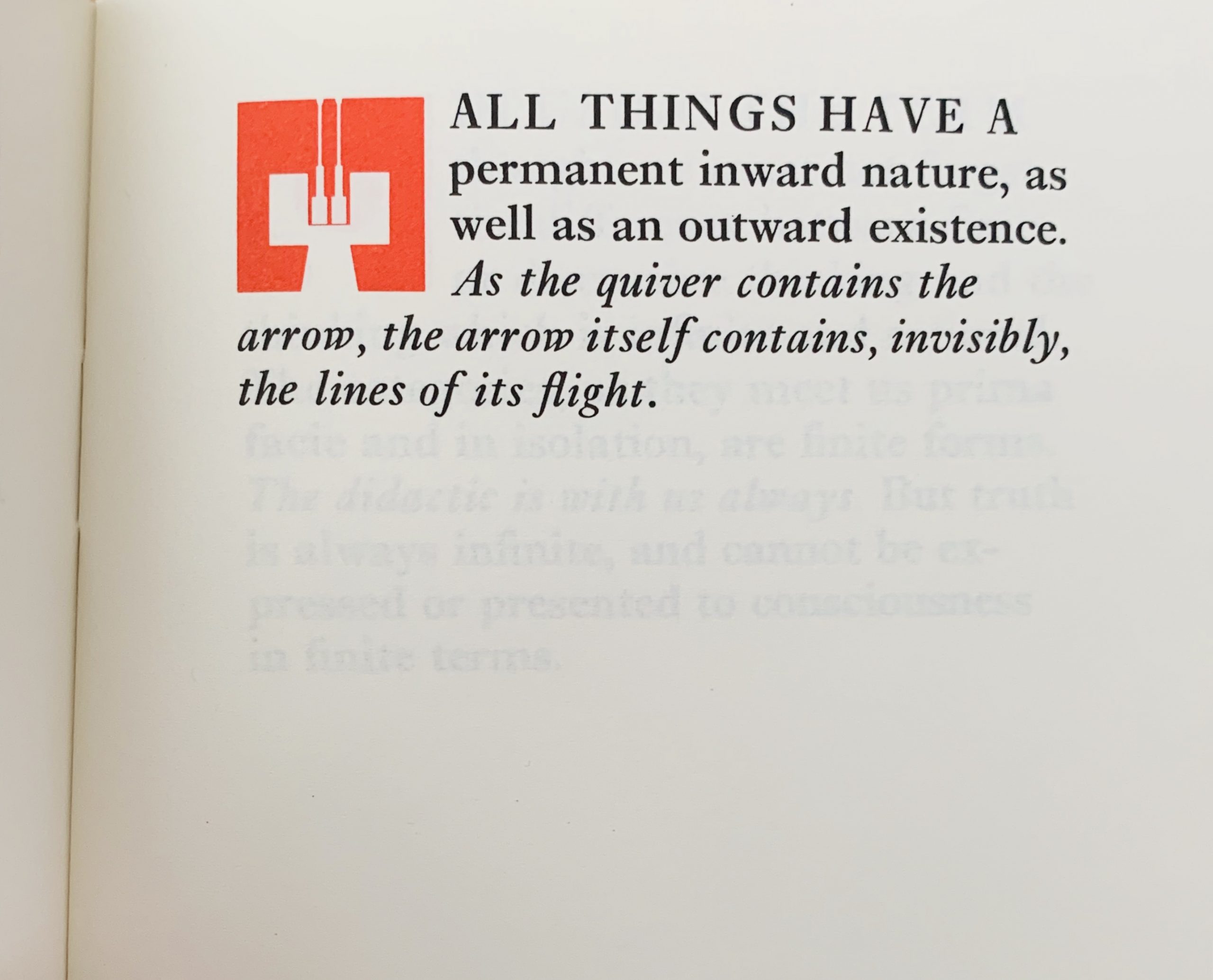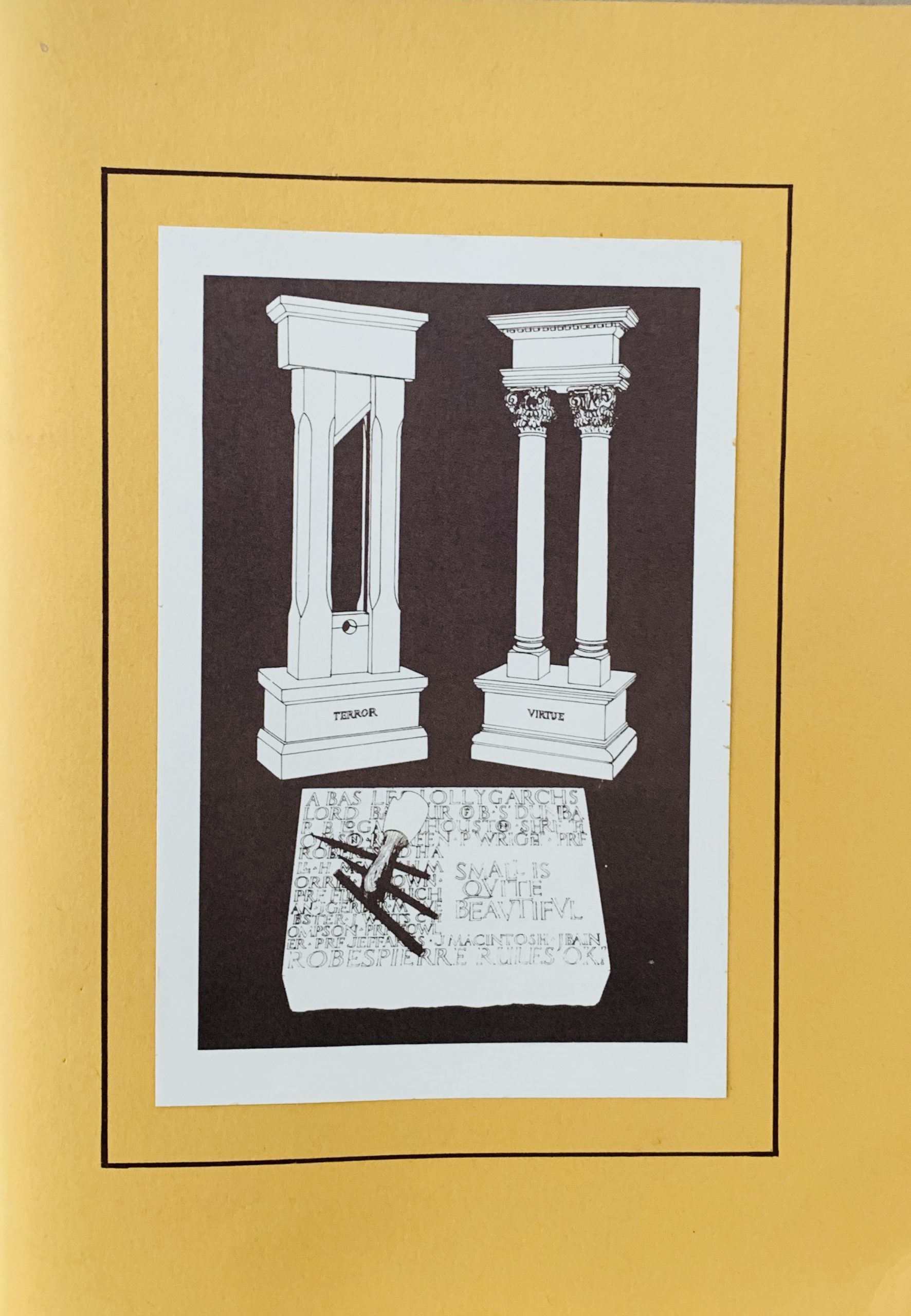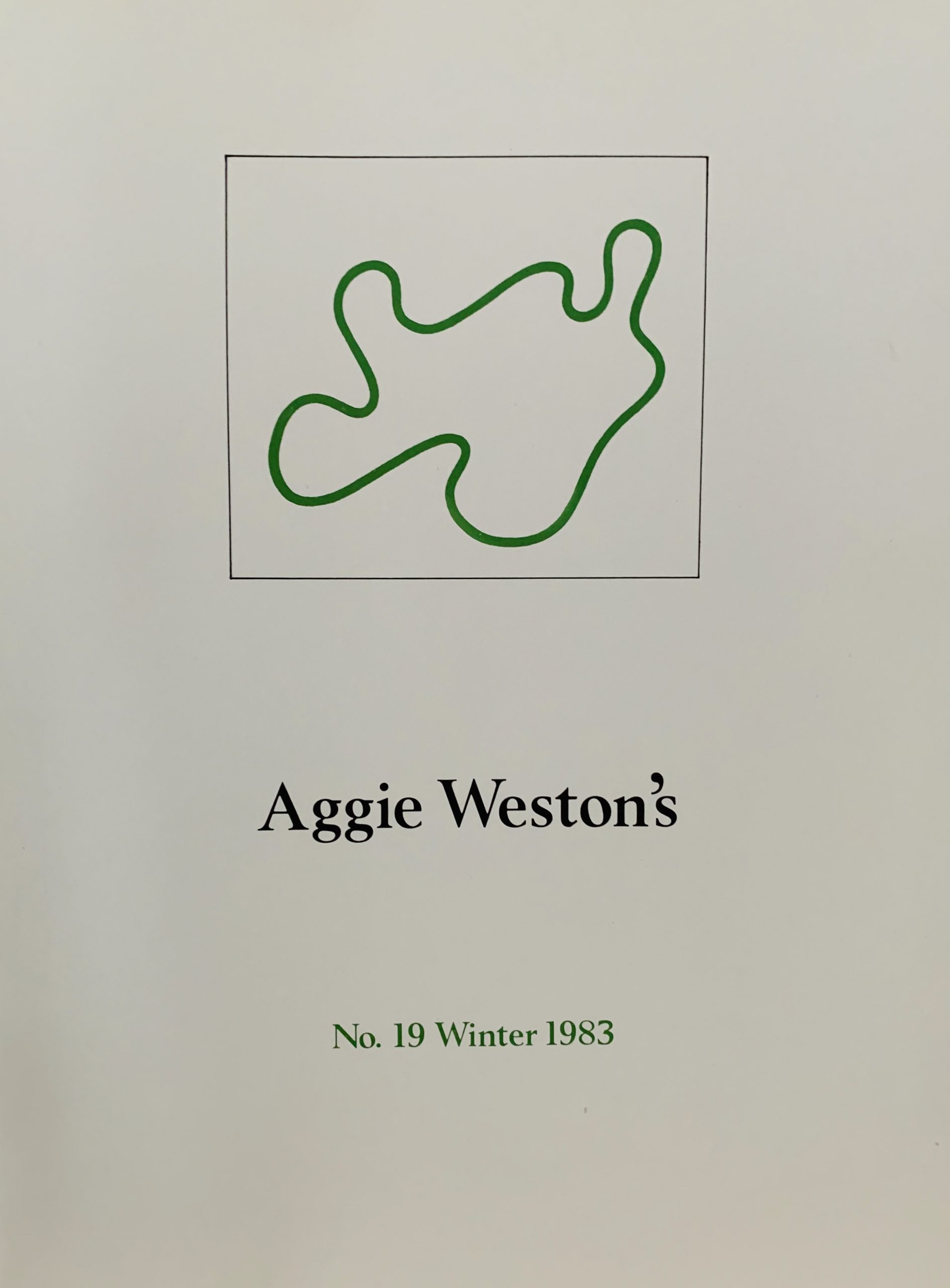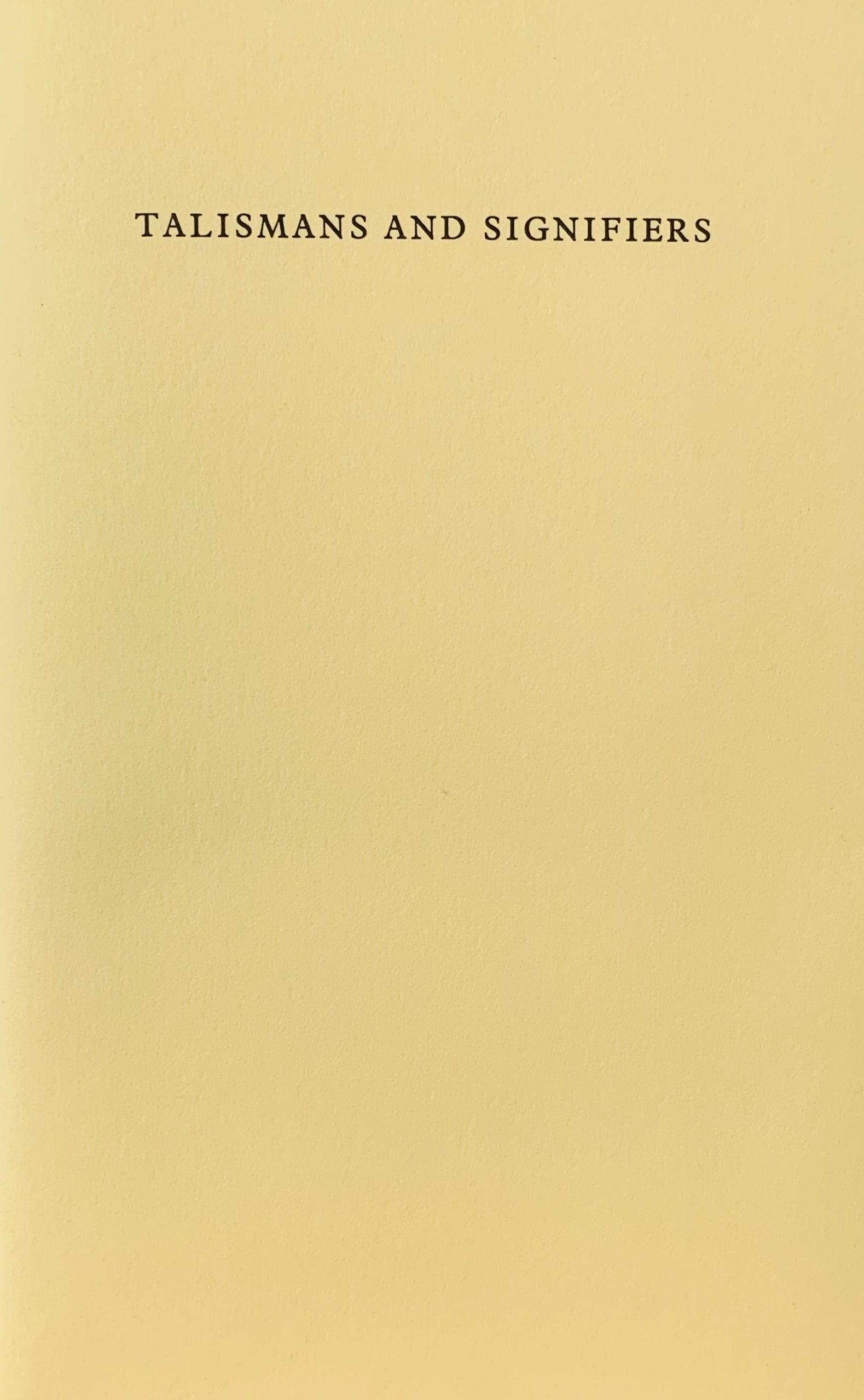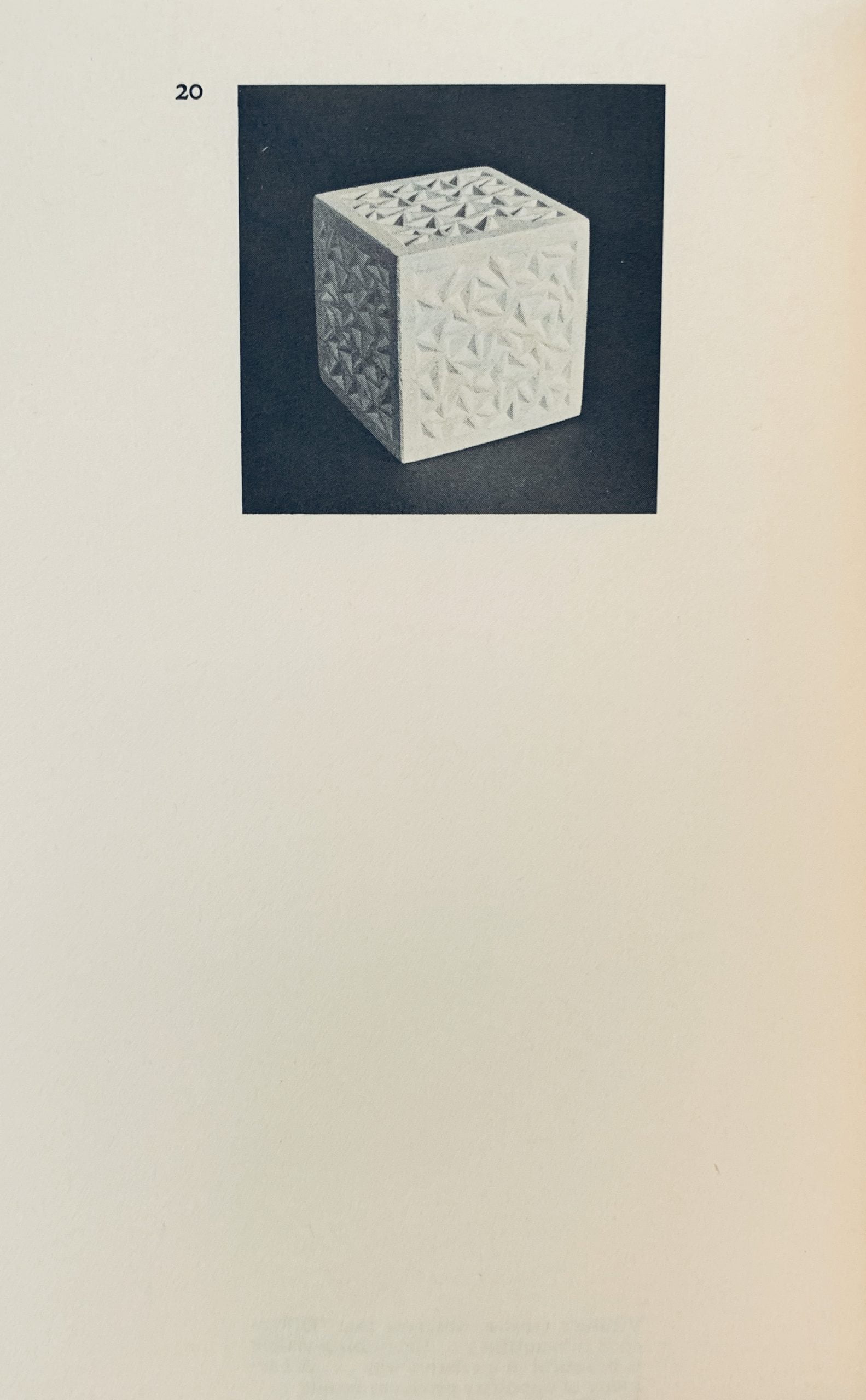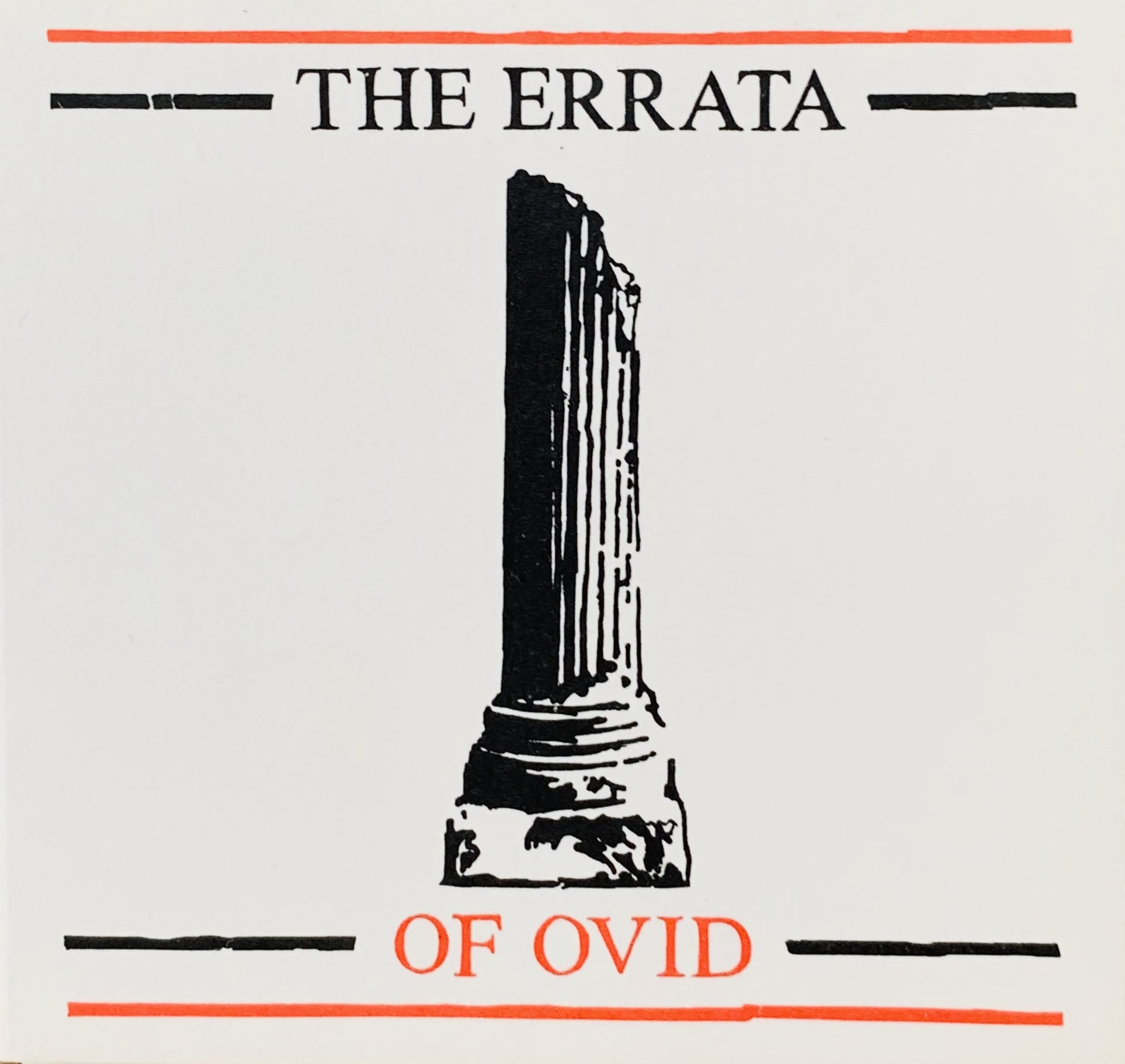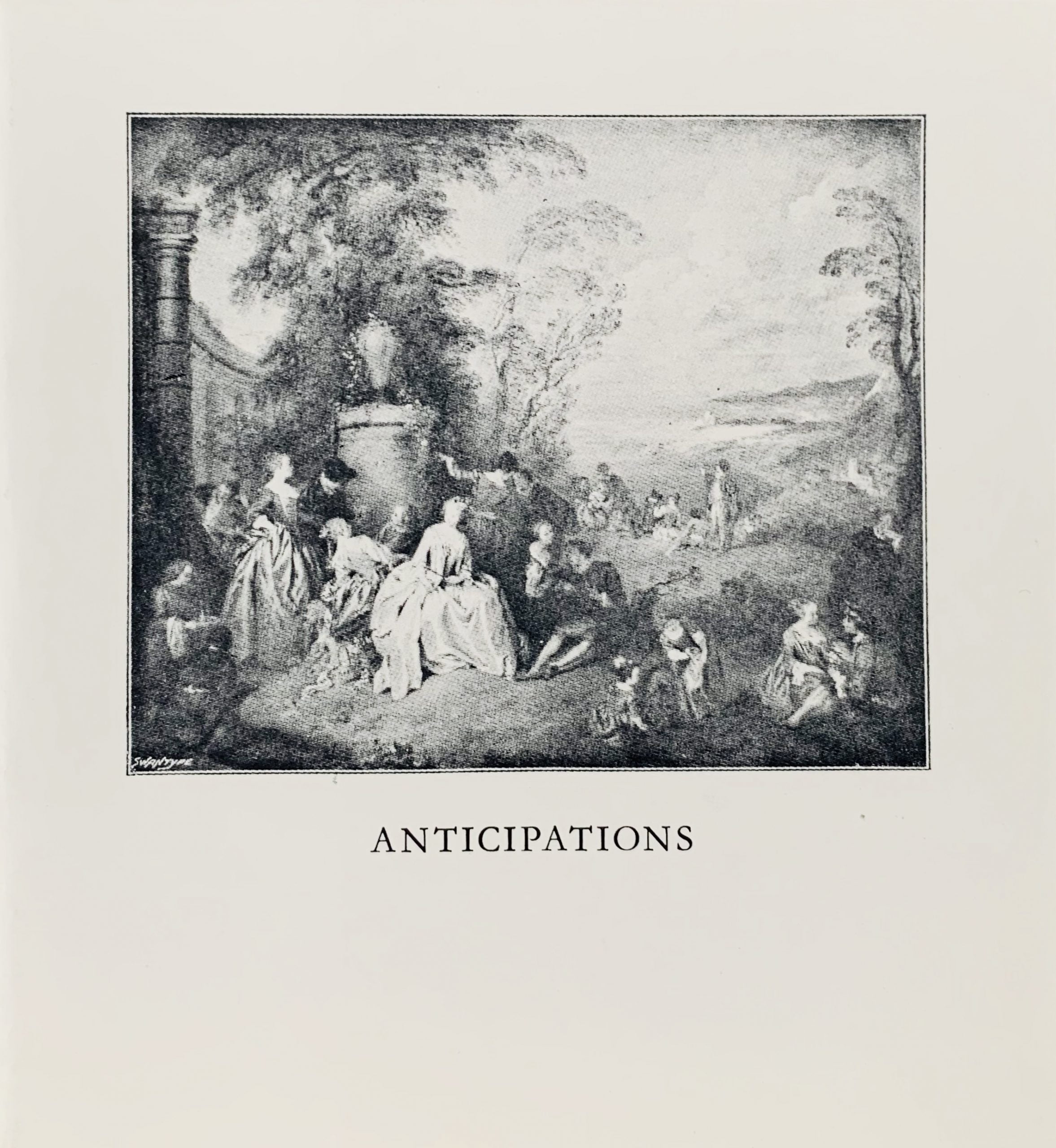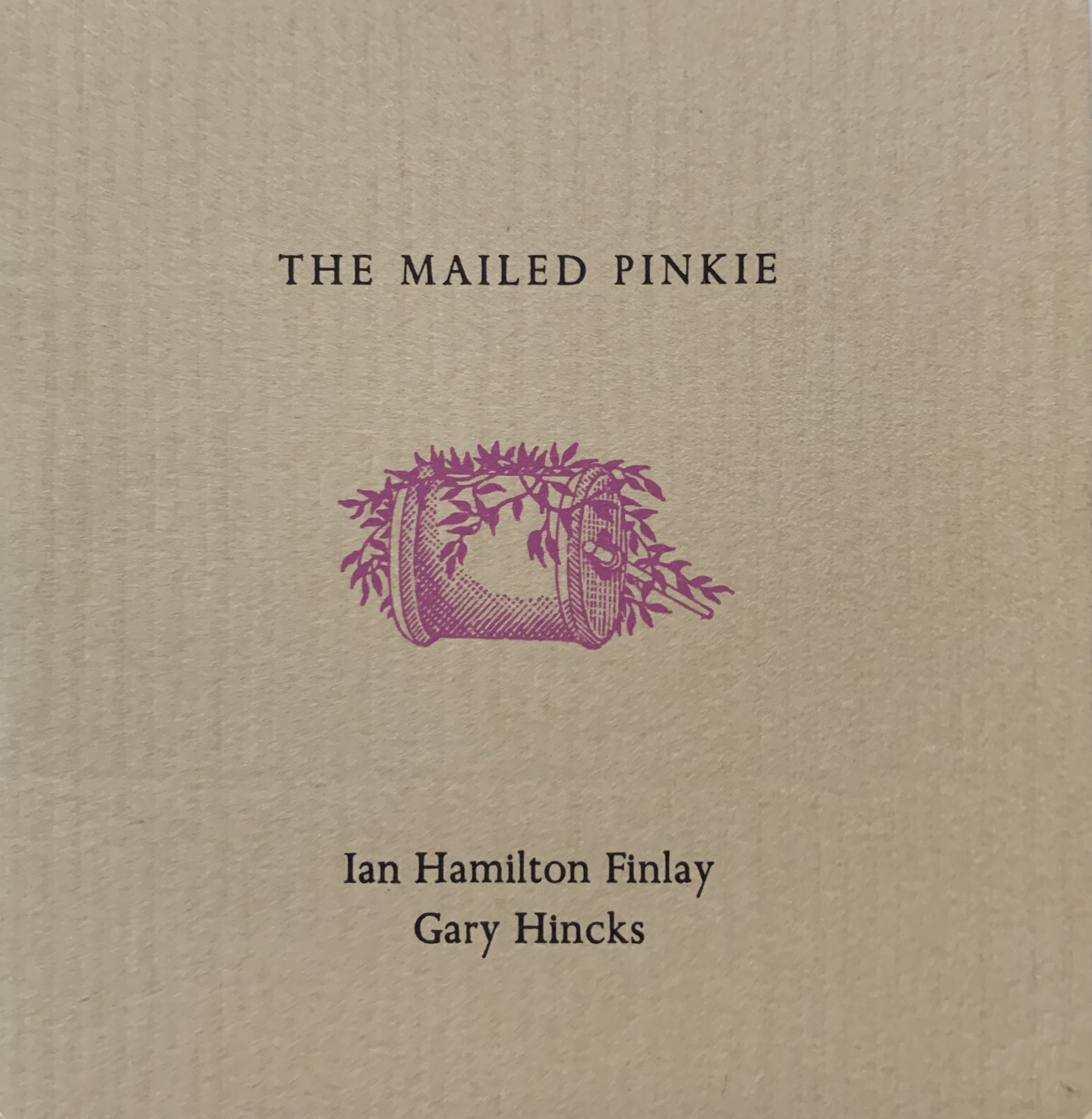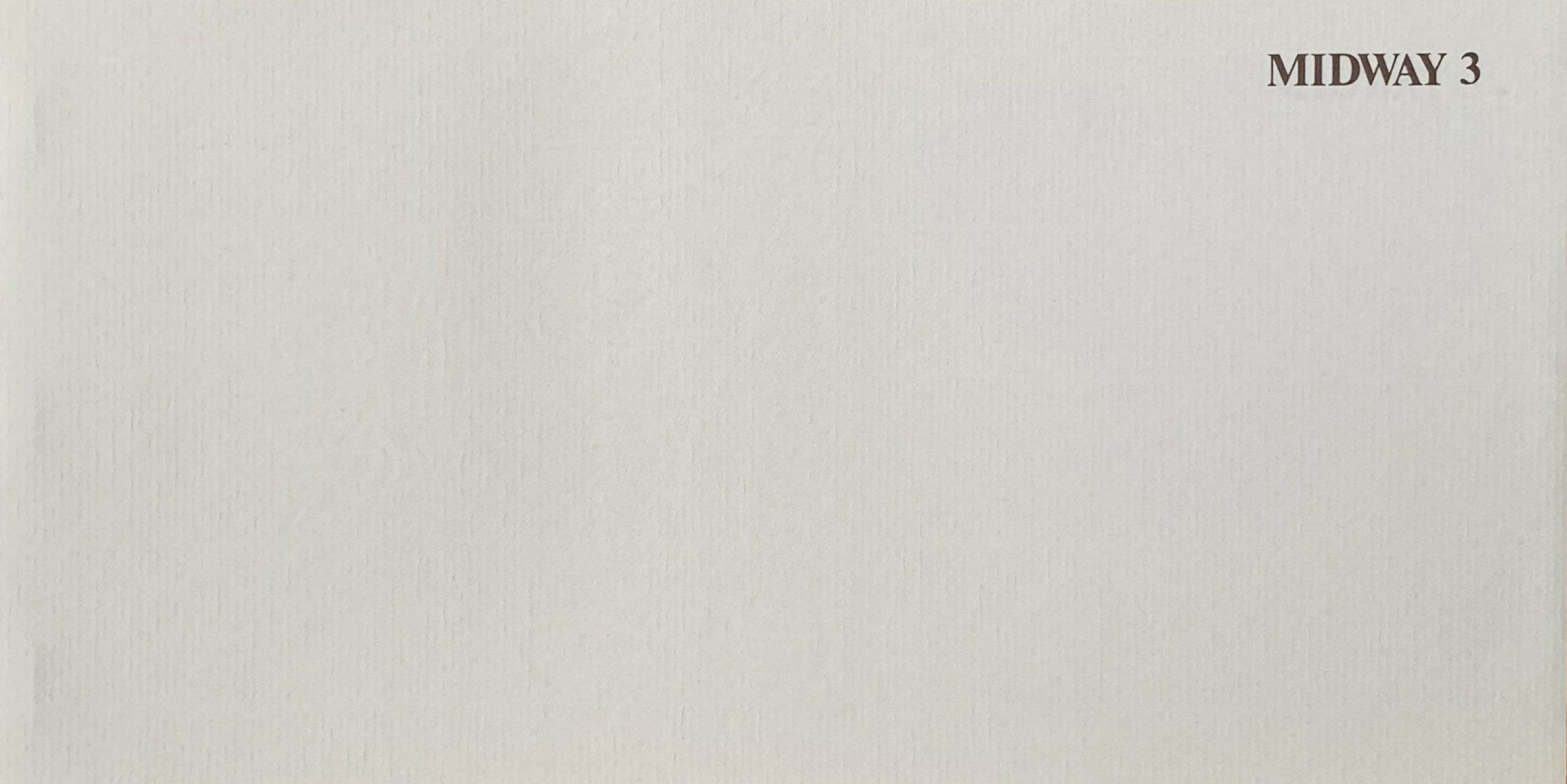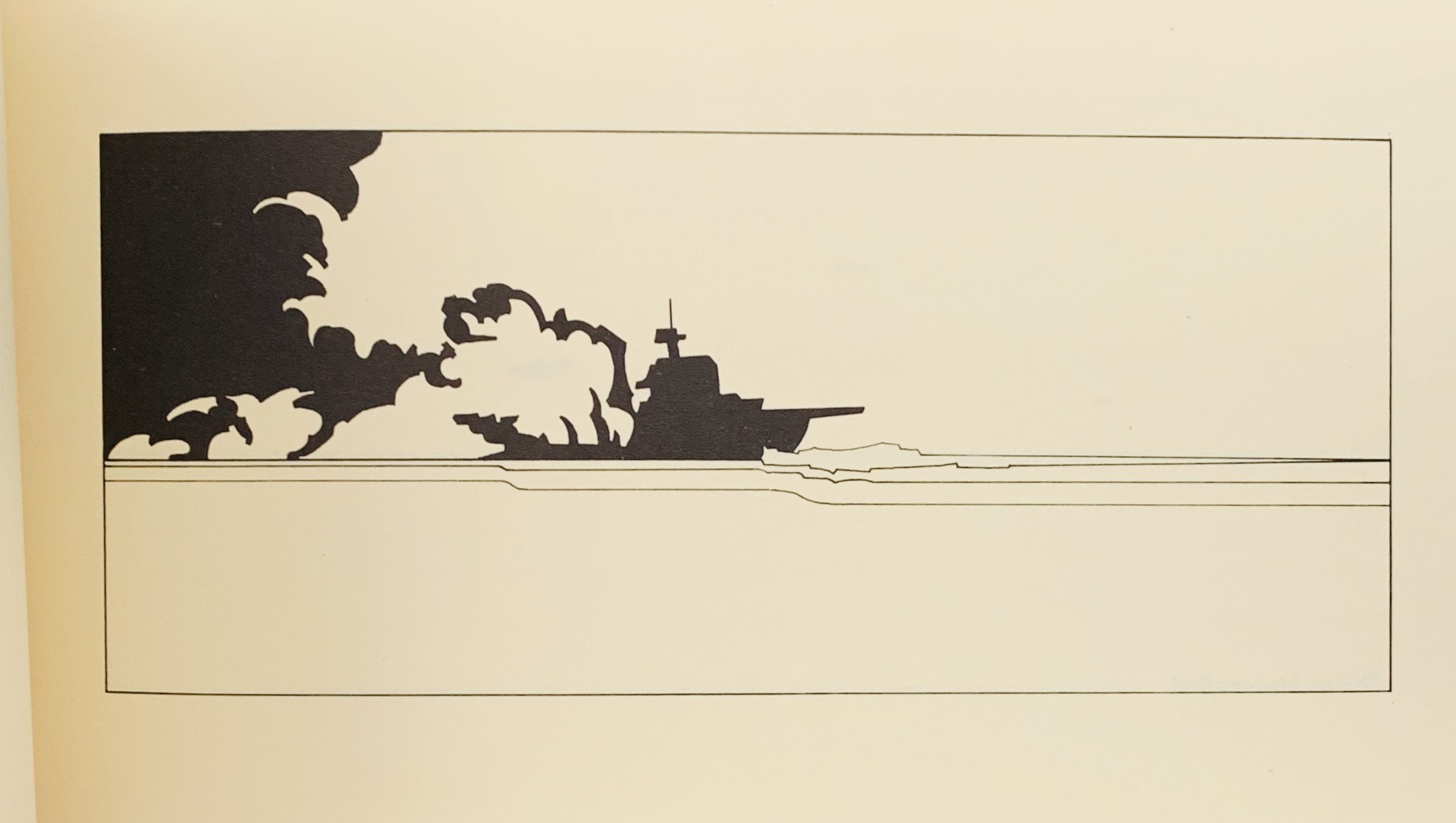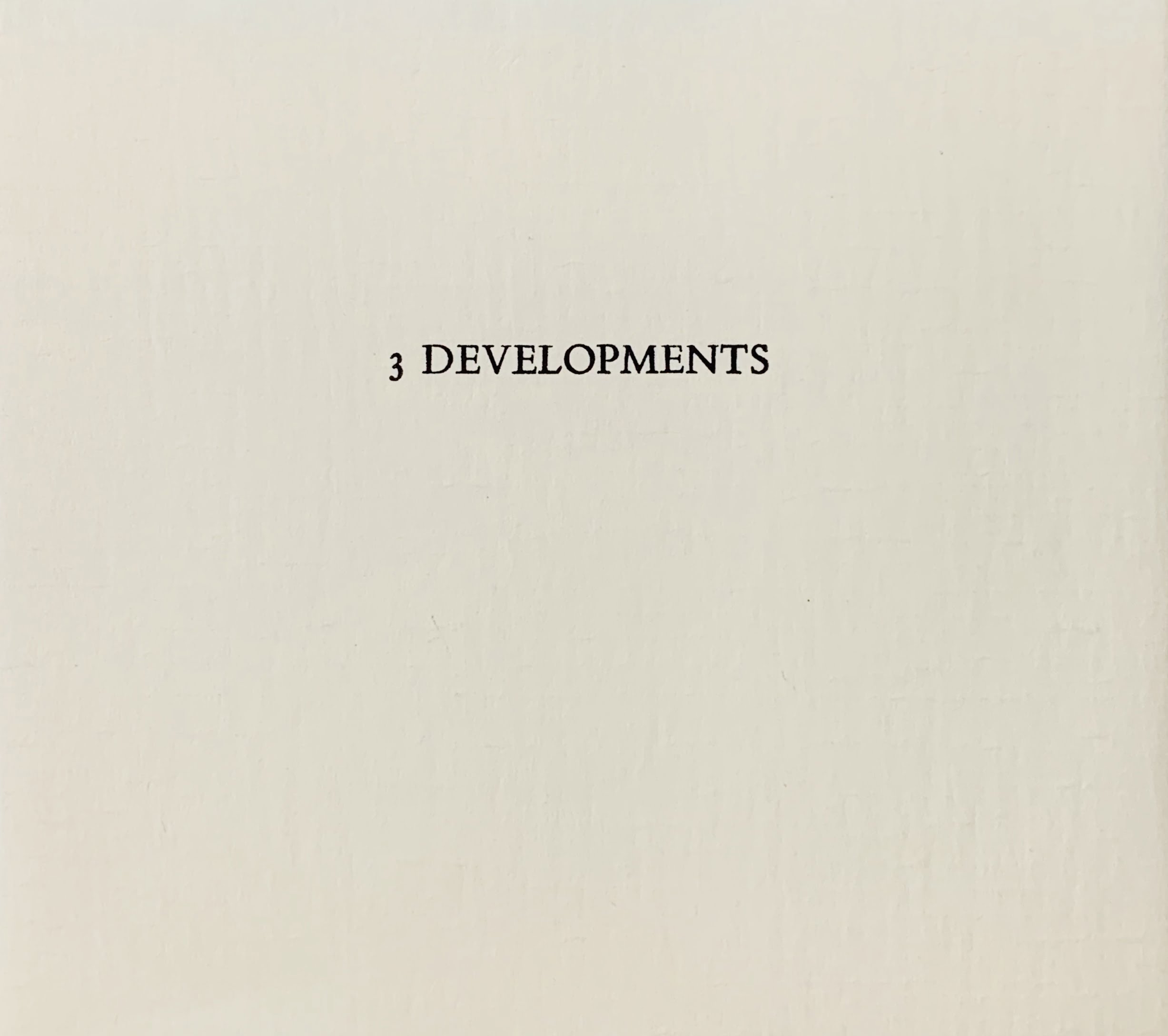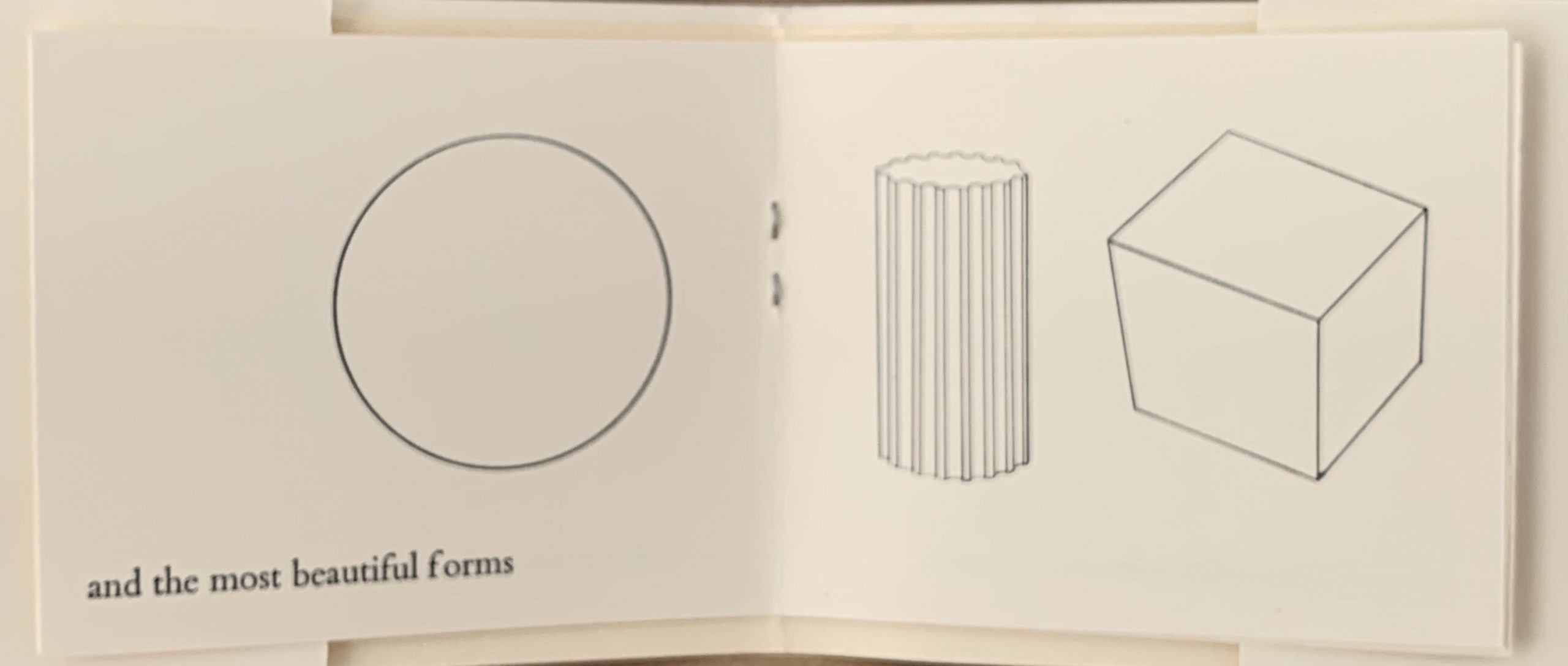20 Sep EPICURUS AT CHATOU. 1985. ONE OF 150 SIGNED & NUMBERED COPIES.
Firenze: Exempla/Exit Lugo 1985
8.9 x 31.7cm, 28pp (printed recto only) and printed white wrappers with printed dustjacket.
Artist's book with 8 colour typographic works by Finlay and Ron Costley. The texts are word combinations such as SEAPINK or STRAWBERRYCAMOUFLAGE- which have multiple meanings in part because of the lack of any spaces between the words. The works reproduced here were all released as much larger edition prints by the Wild Hawthorn Press but this book was an edition with Maurizio Nannuci in Italy himself a well known concrete and experimental poet (and artist). This is one of the deluxe copies - 150 signed and numbered by Finlay by hand in greem ink. VG+.
...

